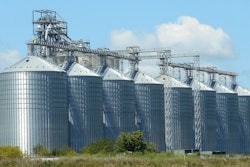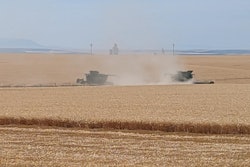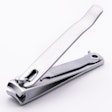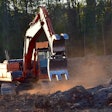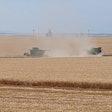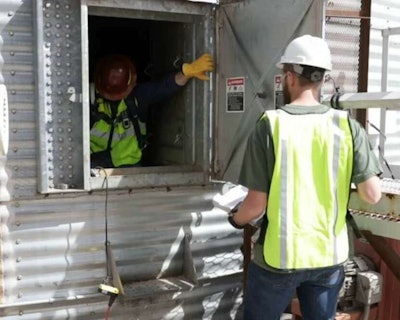
Harvest is coming, and with it, increased risks to your employees. It takes very little time to get into a risky situation inside a grain storage bin.
Storing and handling large volumes of grain during harvest creates many potentially hazardous situations during fall grain harvest — and employees need to be aware of the inherent risks.
Luckily, there are many resources to get you started to having a safe harvest season. The National Grain and Feed Association has numerous safety videos and bulletins on its website at ngfa.org/safety.
Avoid entering grain bins whenever possible
When it comes to grain bin safety, the most important tip to remember is DO NOT ENTER a grain storage unit unless absolutely necessary.
Incidents potentially can occur when a worker stands next to or underneath bridged or cliffed grain inside of a grain bin.
“The greatest challenge — and most important aspect — in keeping workers safe is establishing a safety culture in the workplace that views a task as complete only if it was done safely,” says Jess McCluer, vice president, Safety and Regulatory Affairs with NGFA.
“A successful safety culture is one in which workers do not even consider completing a task any other way, except for safely.”
As the fall harvest draws near, here are a few suggestions to prepare employees for a proper bin entry, if one is absolutely necessary, so as to prevent incidents such as entrapments from occurring.
If it is necessary to have employees enter a bin, silo or tank, commercial facilities are to follow the applicable practices, including the issuing of a bin entry permit, found in OSHA’s grain handling facilities standard [29 CFR 1910.272(g)], which took effect in 1988, to help minimize the risk.
Once it has been determined that a certain task must be completed inside the bin, then the facility can begin the pre-task planning and permitting process.
Roles during bin entry process
Before the bin entry process, train employees and supervisors in the following roles and responsibilities: Entry Supervisor, Attendant and Entrant.
Entry Supervisor: Leads the process for the entire duration of the entry. Responsibilities include:
- Inspects the space to be entered; looks for bridged grain, grain beyond the natural angle of repose, hung up grain and anything else that may pose a physical threat to an entrant;
- Ensures that the air monitor is calibrated and bump tested, and that the space is safe for human occupancy;
- Leads the bin entry team through a lock out, tag out and verification process for all equipment that poses a risk of entanglement or engulfment to the entrant
- Follows compliance criteria in the permit process and issues it to the approving authority
Attendant: Stays in direct communication with the entrant and has access to additional assistance through the entire duration of the entry. Responsibilities include:
- Monitors the space and outside factors for any changes that could pose a hazard to the entrant and terminates the entry if unexpected hazards or abnormal conditions arise
- Controls entry into the space to authorized entrants only
- Stays in direct communication with the entrant, if possible within eye site
Entrant: Works inside the space and communicates with the attendant. Responsibilities include:
- Conducts the work needed inside the space
- Communicates with the attendant as often as necessary
- Wears appropriate harness and lifeline when entering bins containing grain or other commodities
- Maintains control and use of air monitor and other tools
- Stays alert for changing conditions inside the space that could pose a hazard and immediately exits the space if necessary
For more information on grain bin safety, visit NGFA's Safety Resources.
First step to safety: Bin Entry Programs
Ensure that your bin entry program is up to date and all involved employees are trained properly to address potential hazards.
- Every effort should be taken to avoid entry, if possible
- Turn off and lock out all potentially hazardous energy sources
- Never walk on or walk “down” grain to make it flow
- Never enter on or below bridged grain or hung up grain
- Test the bin’s atmosphere before entry
- The attendant must remain by the entrance during the entry process
- Ensure that rescue equipment is serviceable and available
- Follow the permit and all other safety precautions



